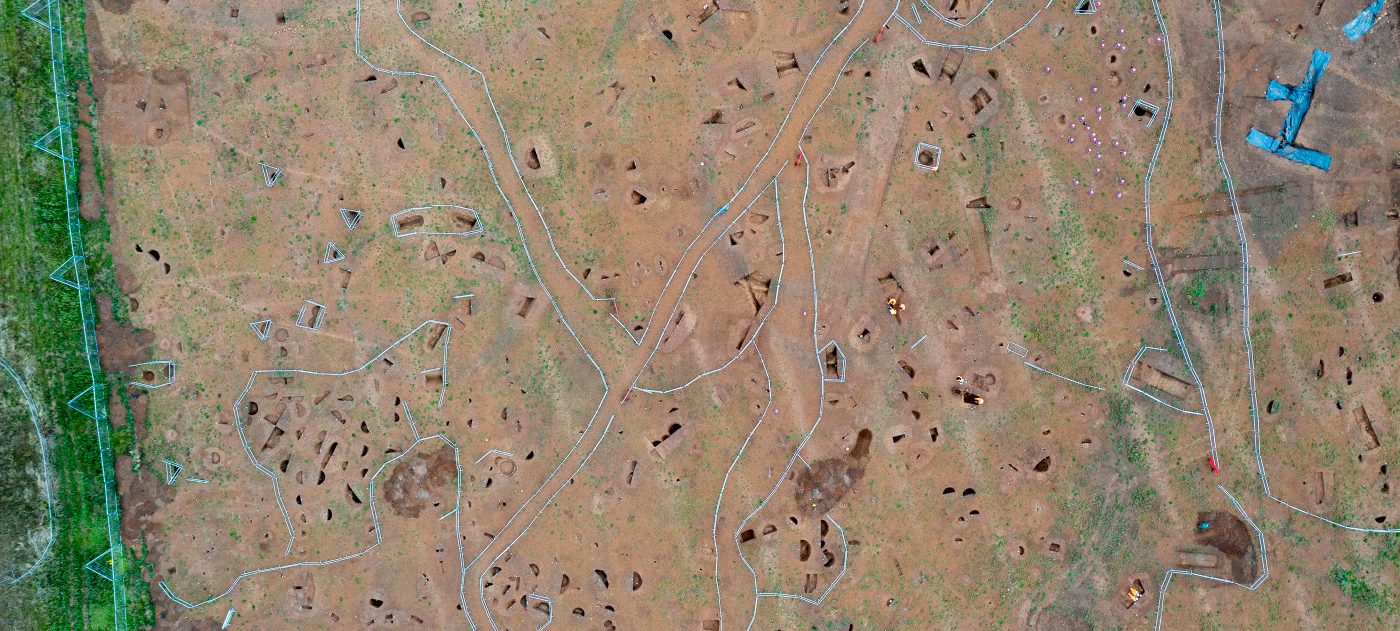
Blackgrounds Farm
Archaeologists have uncovered one of the most significant archaeological sites on the project to date near a small village in South Northamptonshire. A team of around 80 archaeologists from MOLA Headland Infrastructure have been excavating an Iron Age village which developed into a wealthy Roman trading town.
The presence of such a significant archaeological site in the area has been known since the 18th century, and initial survey and analysis by HS2 gave some indication of what could be discovered there. However, the scale and quality of the discoveries on site have surpassed expectations.
Uncovering the site
The Blackgrounds site has undergone a geophysical survey by a team of archaeologists and has been further evaluated through trial trenches which are small slip trenches.
The original use of the site, known as Blackgrounds after the black soil found there, began in the Iron Age when it was a village formed of over 30 roundhouses, which have been uncovered alongside an Iron Age road. Evidence from the dig shows that the settlement expanded over time becoming more prosperous during the Roman period, with new stone buildings and new roads emerging.
Considering the close proximity of the Iron Age remains, the archaeological team believe it is likely that local inhabitants continued to live at the site into the Roman period and adapted to a new way of life. This ‘Romanisation’ included taking on Roman customs, products and building techniques.
Running through the site is a 10m wide Roman road which is exceptional in its size. It indicates that the settlement would have been very busy with carts simultaneously coming and going to load and unload goods. The wealth of the settlement is likely to have been based on trade, both from the nearby River Cherwell and via the Roman road.
Over 300 Roman coins, discovered as if lost or discarded, have been recovered, an indication that a significant volume of commerce was passing through this area. Additional discoveries from the site included Roman Samian pottery from Southern Gaul in France, whilst also vessels dated back to the second or third century.
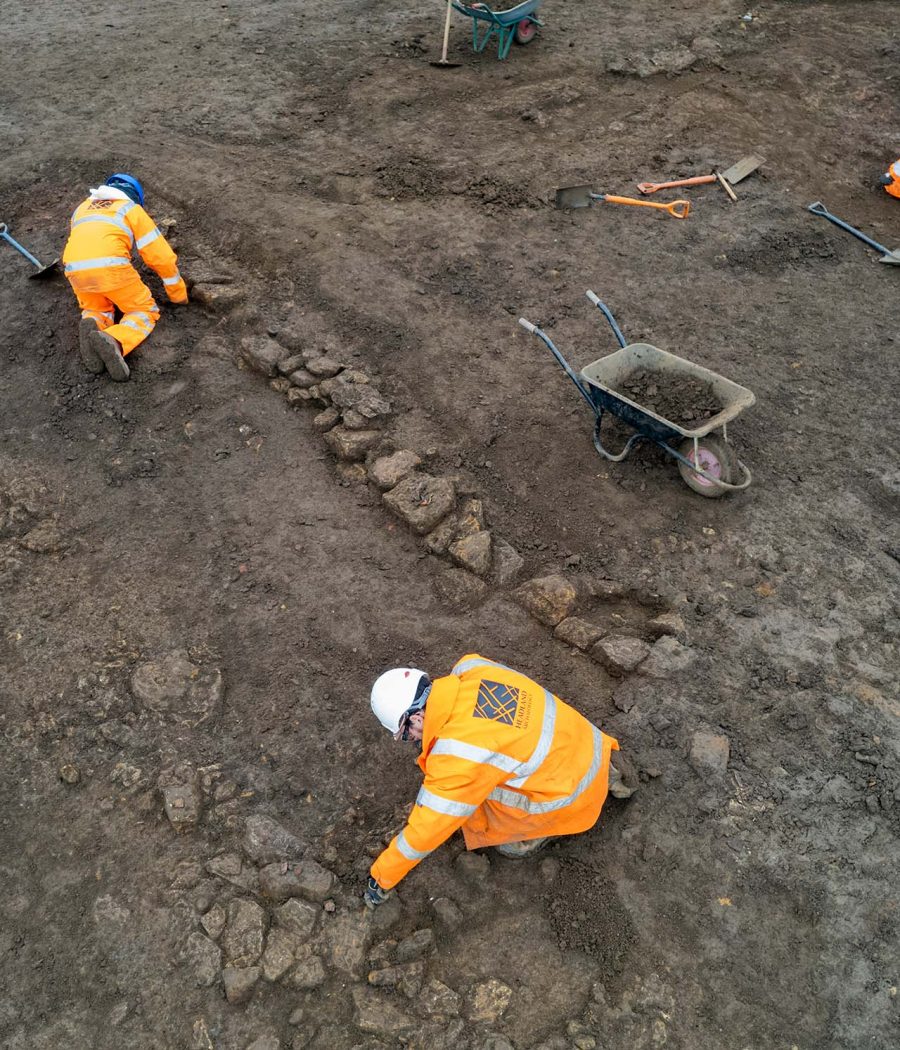
Slide 1 of 5: Drone shot of archeologists working at the Blackgrounds Roman excavation site.
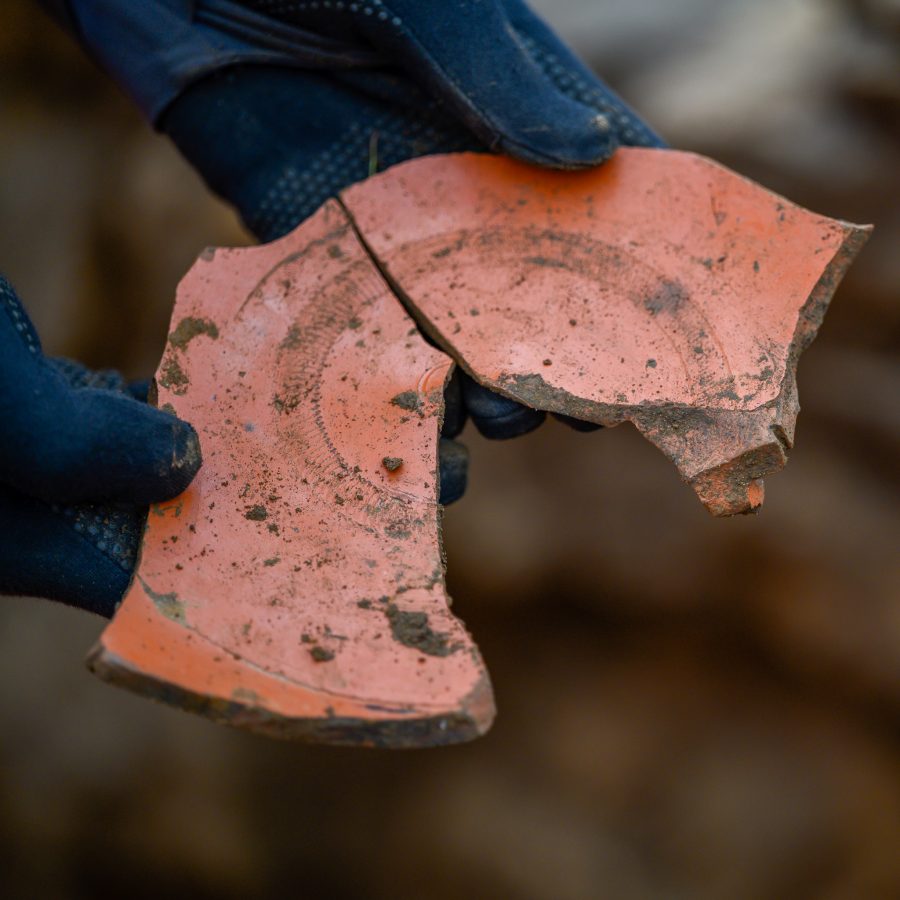
Slide 2 of 5: In one area of the site, the earth has been preserved with a fiery red colour, indicating that the area would have been used for activities involving burning, such as bread making, foundries for metal work, or a pottery kiln.
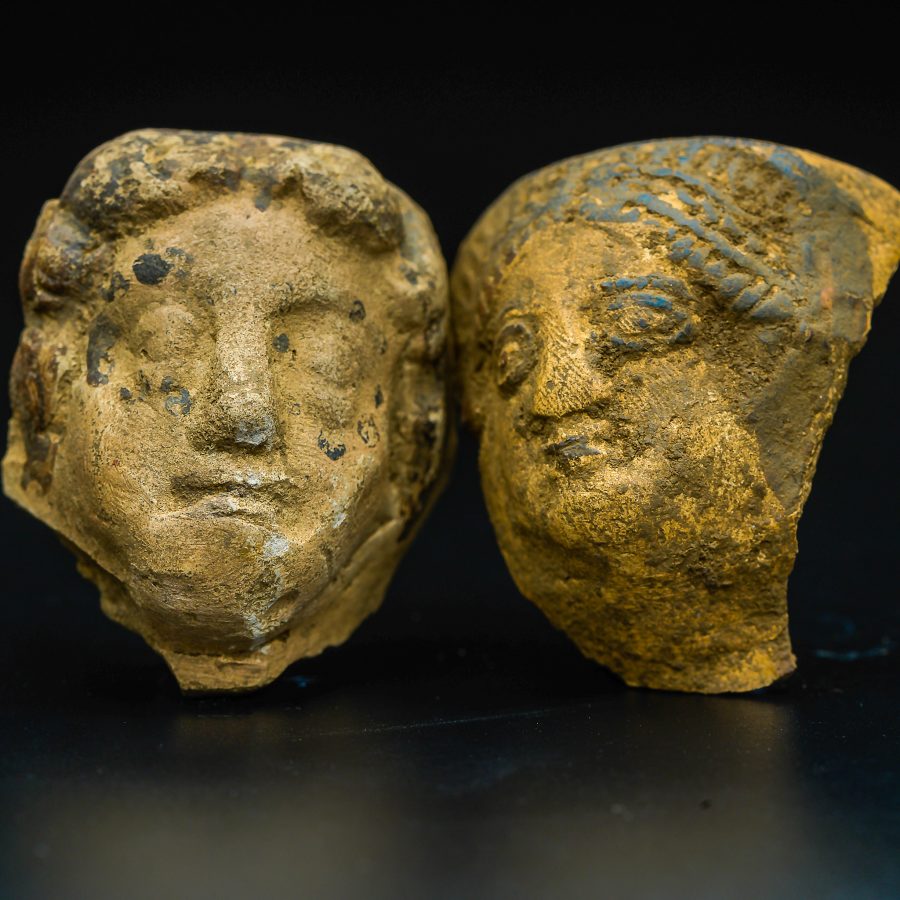
Slide 3 of 5: Alongside coinage, the wealth of the settlement’s inhabitants can be seen in the finds uncovered during the dig, which include glass vessels, highly decorative pottery, jewellery and even evidence of make-up.
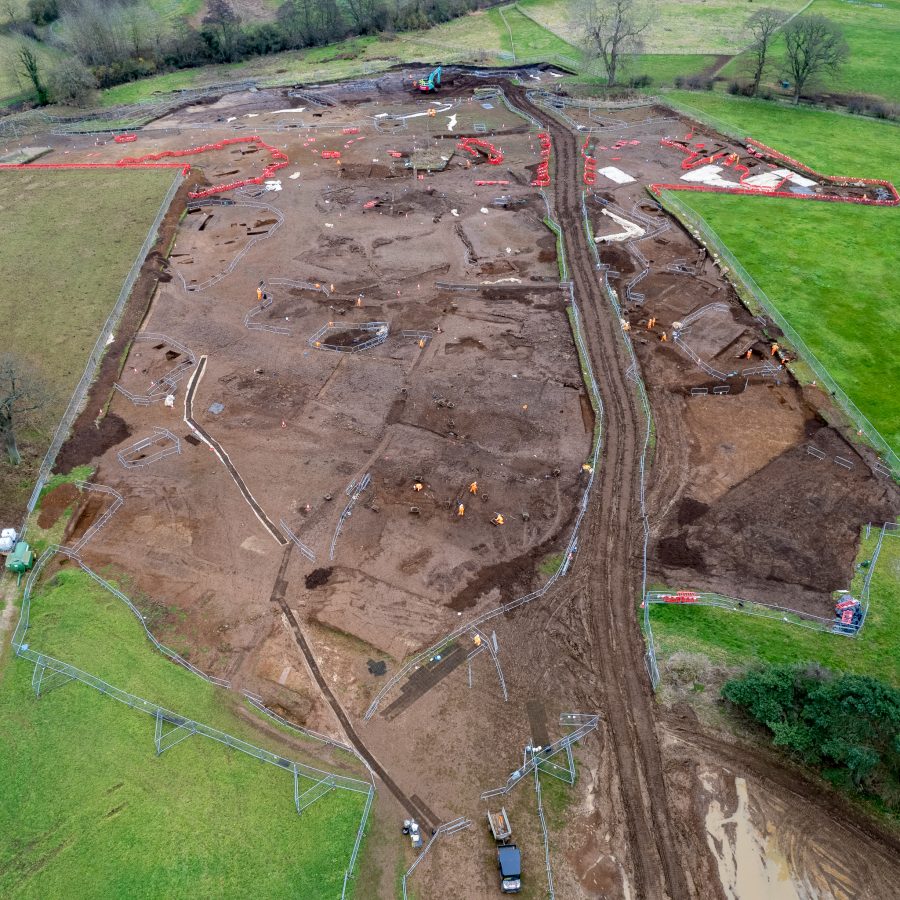
Slide 4 of 5: At its peak during the Roman age, Blackgrounds would have been a bustling and busy area, shown though the evidence of workshops, kilns, and several beautifully preserved wells, uncovered by HS2 archaeologists.
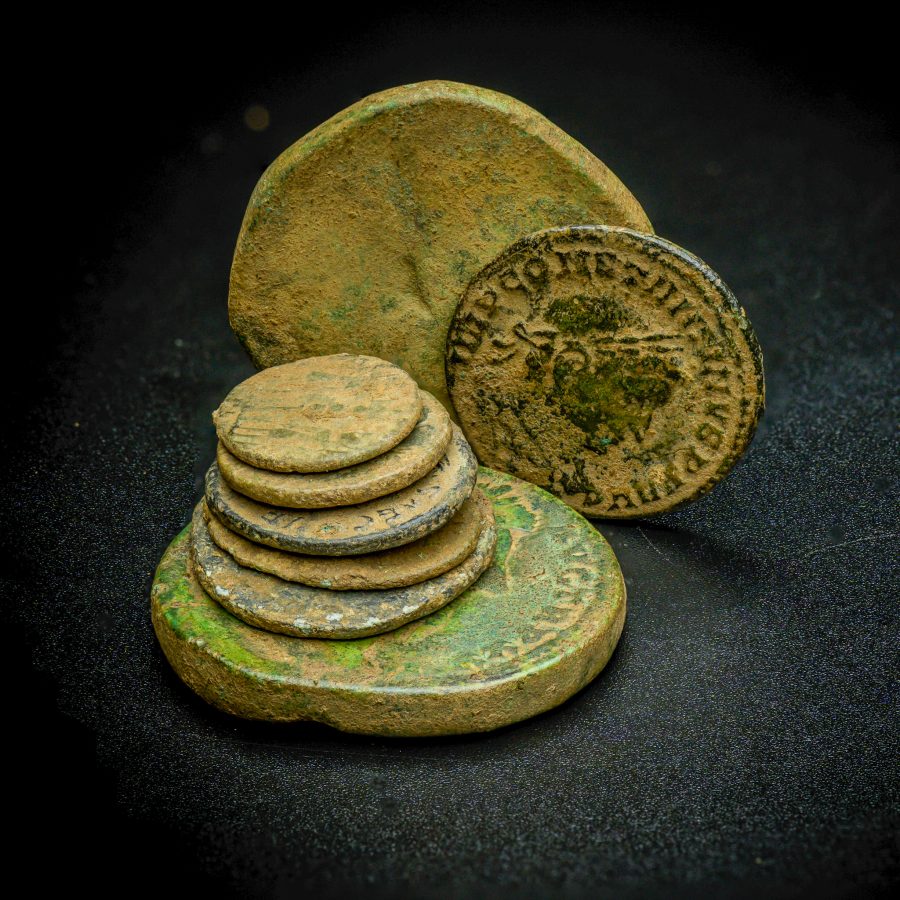
Slide 5 of 5: The removed artefacts are being cleaned and analysed by specialists from MOLA Headland Infrastructure and the details of the buildings and layout of the settlement are being carefully mapped.